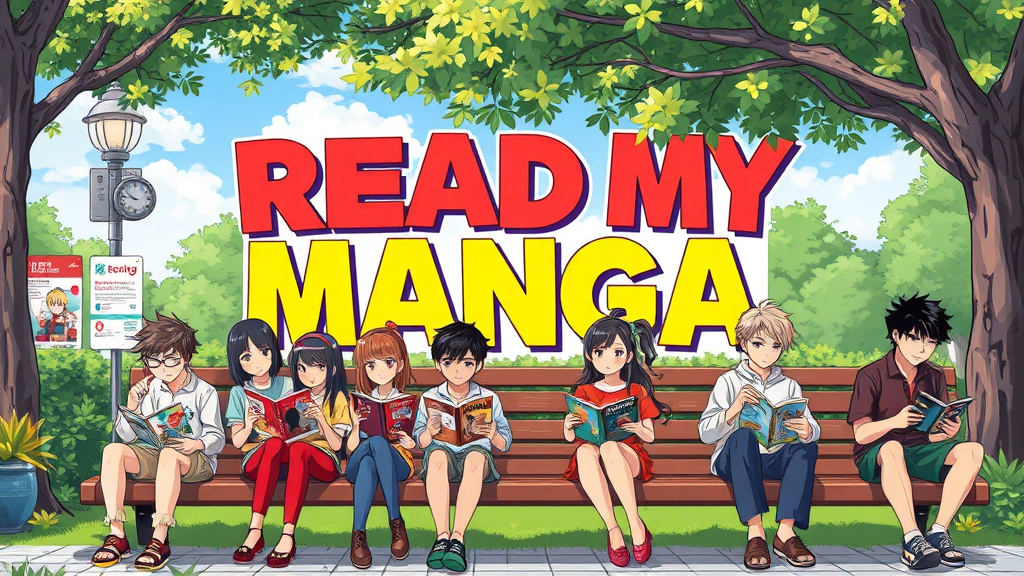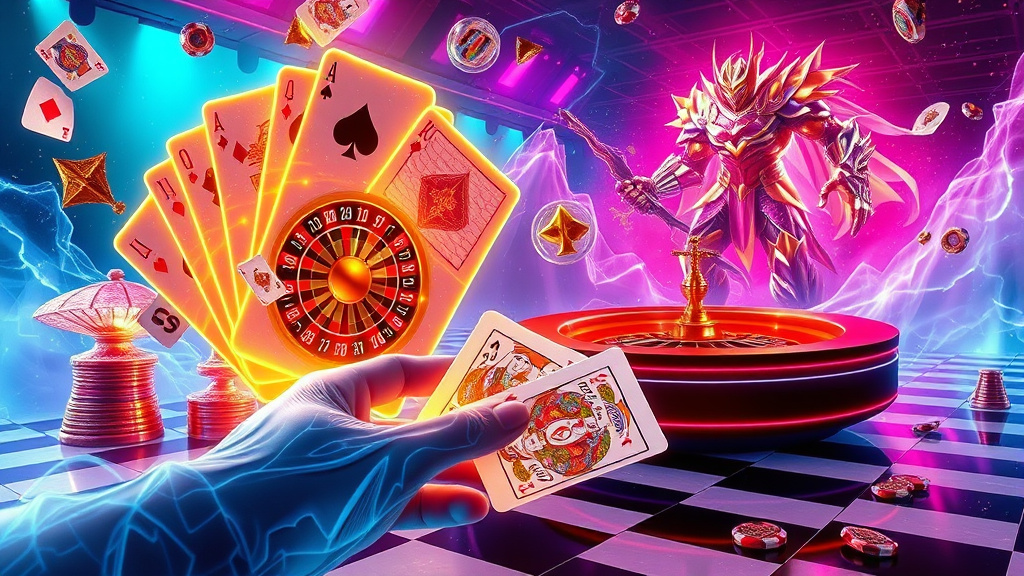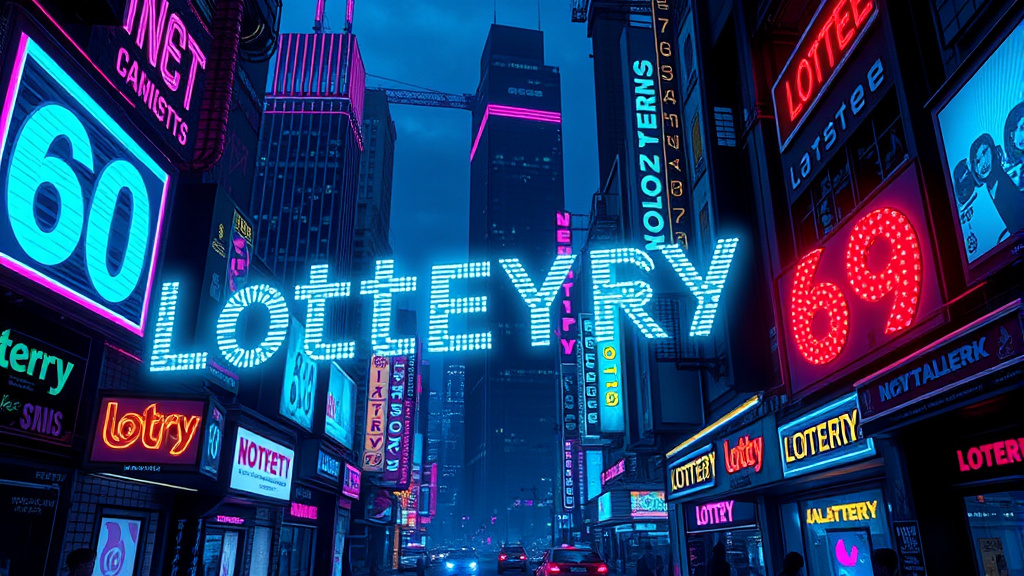all you need is kill manga is a remarkable work that combines intense action, intricate storytelling, and profound themes within the framework of a compelling time loop narrative. This manga, penned by Hiroshi Sakurazaka, captures the imagination of readers through its unique approach to the cyclical nature of time, war, and human resilience. Its innovative storytelling techniques, combined with thought-provoking themes, make it a staple in both sci-fi manga and broader popular culture. Exploring this manga reveals a layered universe that not only entertains but also prompts reflection on the nature of existence and personal growth amidst chaos.
All You Need Is Kill: A Deep Dive into Hiroshi Sakurazaka's Time Loop Manga
Hiroshi Sakurazaka's all you need is kill manga stands out as a masterful exploration of a time loop woven into the fabric of warfare and human perseverance. The narrative centers around Keiji Kiriya, a soldier trapped in a relentless cycle of death and rebirth, fighting against an alien invasion. The manga's storytelling exemplifies the art of balancing high-octane combat scenes with introspective moments that reveal the character’s psychological evolution. Sakurazaka’s inventive approach turns a simple premise into a profound commentary on resilience, adaptability, and the human spirit’s capacity to learn from each repeated failure.
What makes the manga particularly compelling is its layered structure, where each iteration in the time loop reveals new facets of the characters and the universe they inhabit. The detailed artwork and dynamic paneling serve to intensify the sensory experience, immersing the reader into a chaotic war zone that paradoxically becomes a space of self-discovery. It challenges conventional narratives by emphasizing the importance of growth through repeated mistakes and the relentless pursuit of hope despite overwhelming odds. This manga is not just about a sci-fi concept but also a meditation on human potential in the face of eternal recurrence.
 Hình minh họa: all you need is kill manga – romance manga free online
Hình minh họa: all you need is kill manga – romance manga free onlineFrom Page to Screen: Exploring the Adaptations of All You Need Is Kill
The journey from the all you need is kill manga to its successful film adaptation is a fascinating case study in transmedia storytelling. The film, widely known as Edge of Tomorrow starring Tom Cruise and Emily Blunt, captures the core elements of Sakurazaka’s narrative but also introduces new nuances that enrich the story. While the movie deviates at times from the manga’s detailed character development and thematic depth, it preserves the essential premise of a loop-based battle against alien forces. This adaptation demonstrates how a potent manga concept can transcend mediums, gaining new audiences while maintaining the core emotional and narrative integrity.
What’s intriguing about this transition is how both forms—print and film—highlight different strengths. The manga’s detailed visuals and internal monologues allow for deep introspection and nuanced storytelling, whereas the film leverages motion, special effects, and acting performances to create visceral excitement. The success of this adaptation emphasizes the versatility of Sakurazaka’s narrative and invites fans across fanbases to explore the source material for a richer understanding. It also highlights the importance of fidelity to core themes—such as perseverance and adaptation—regardless of the medium, since these universal motifs resonate across storytelling formats.

The Science Fiction of All You Need Is Kill: Analyzing the Time Loop Mechanics
One of the most fascinating aspects of all you need is kill manga is its intricate depiction of the time loop mechanics. Unlike many sci-fi stories that treat time as a fixed or singular entity, Sakurazaka introduces a looping cycle that emphasizes cause-and-effect relationships in a nonlinear fashion. Each repetition allows Keiji not just to learn enemy tactics but also to confront his own psychological limits while contemplating ethical considerations about repeated violence. The manga carefully details how the time loop functions, blending pseudoscientific explanations with philosophical musings, creating a believable yet enigmatic universe.
The mechanics evoke comparisons to classic time-travel narratives but maintain a fresh complexity by focusing solely on a cyclical battle rather than a linear journey. The narrative explores the concept of memory retention across repetitions, raising questions about identity, free will, and moral responsibility. Sacrifices made in each cycle become more poignant as Keiji grapples with the burden of knowledge—knowing that each death could be a chance to improve but also a reminder of inevitable loss. Ultimately, the manga’s portrayal of time looping serves as both a strategic combat tool and a metaphor for the human experience—an ongoing process of learning, adapting, and overcoming despite repeated setbacks.
Keiji Kiriya's Journey: Character Development and Growth in All You Need Is Kill
At the heart of all you need is kill manga lies Keiji Kiriya’s profound evolution from a rookie soldier to a seasoned survivor. Initially, Keiji appears driven by a naive sense of duty, but as the repeated cycles unfold, his character deepens significantly. His experiences of failure and loss catalyze a transformative journey that explores themes of resilience, hope, and the courage to confront mortality. The manga masterfully captures his internal struggles and victories, making his growth both relatable and inspiring. Through each iteration, Keiji learns to harness his fears, sharpen his instincts, and develop a tactical mind capable of facing the relentless enemy.
What sets Keiji apart is his unwavering determination to break free from the cycle, symbolizing a universal desire for autonomy and meaning amidst chaos. His relationship with Rita, a skilled warrior with her own haunted past, provides a compelling companion piece to his character arc—both characters grow through their shared struggles and complex emotional bonds. The manga’s focus on character development underscores a crucial message: even in the face of recurring death, personal growth can emerge, and hope is resilient. Keiji’s journey exemplifies the human capacity for perseverance and adaptation, echoing the core themes of the manga.
Themes of War, Redemption, and Humanity in All You Need Is Kill
All you need is kill manga expertly weaves profound themes that resonate beyond its sci-fi framework, particularly focusing on war, redemption, and what it means to be human. The depiction of warfare is gritty and unglamorous, emphasizing the brutality and psychological toll it inflicts on soldiers. The cyclical nature of Keiji’s experience mirrors the repetitive horrors of real-world conflicts, prompting reflection on the futility and trauma of war. Sakurazaka elevates these themes by illustrating how individuals might find moments of humanity amidst chaos, leading to questions about moral accountability and the possibility of redemption through perseverance.
The theme of redemption emerges as characters seek to atone for past mistakes and find purpose through their struggles. Keiji’s progression illustrates a path from despair to hope—a testament to the manga’s optimistic undercurrent—that even in the darkest situations, growth and renewal are achievable. These explorations into human resilience elevate the story from mere action to philosophical inquiry. The manga challenges readers to consider what makes us human—our capacity for hope, sacrifice, and adaptation—and how these qualities can persist despite relentless adversity. It’s a compelling reminder of the enduring spirit that persists in the face of seemingly insurmountable odds.
All You Need Is Kill: A Comparative Analysis with Other Time Loop Narratives
When exploring all you need is kill manga, it’s essential to compare it with other notable time loop stories such as Groundhog Day, Edge of Tomorrow, or the anime Re:Zero. Unlike these narratives, Sakurazaka’s manga intricately intertwines the mechanics of the time loop with war and personal trauma, creating a distinctive depth that sets it apart. While many stories use time loops as a humor device or a plot device for comedy, this manga invests them with philosophical weight and emotional stakes. This reinforces the idea that repeated cycles are not just narrative tricks but opportunities for profound character growth and understanding.
Moreover, all you need is kill manga stands out for its brutal realism and character-driven storytelling. The repetition serves as a device for relentless development rather than mere gimmickry, pushing the characters to their physical and psychological limits. Comparing it to other loops reveals a spectrum of narrative intentions—from comedic to tragic—and highlights how context influences storytelling. Sakurazaka’s emphasis on war and human resilience gives his work a unique gravitas, making it a vital piece in the pantheon of time loop stories. Its layered approach offers valuable insights into how repeated experiences shape identity, morality, and hope.
The Art of Takeshi Obata: Visual Storytelling in All You Need Is Kill
The manga’s visual storytelling, crafted by Takeshi Obata, elevates the narrative to a spectacular level. Obata’s signature art style—marked by meticulous detail, dynamic action sequences, and emotive character expressions—transforms Sakurazka’s story into a visceral experience. His depiction of battle scenes captures chaos with clarity, while the subtle nuances in character faces reveal complex psychological states. The interplay of light and shadow in the artwork emphasizes the moral ambiguities and emotional tension that underpin the story, making visuals an essential component of storytelling that complements the narrative’s deeper themes.
Obata’s mastery lies in his ability to convey subtle emotional shifts through facial expressions and body language, making characters’ internal struggles palpable. His detailed backgrounds and innovative panel layouts create a sense of urgency, immersing readers into the relentless cycle of combat. This synergy between the art and the story underscores how visual storytelling can deepen storytelling’s impact—heightening tension, depicting chaos, and highlighting moments of quiet reflection amidst violence. Obata’s artistry not only brings Sakurazaka’s universe to life but also elevates the manga into a visual masterpiece that guides readers through its complex emotional landscape.
All You Need Is Kill's Impact on Manga and Science Fiction Genres
All you need is kill manga has left an indelible mark on both the manga and sci-fi genres, influencing countless works with its innovative narrative and thematic depth. It revitalized the exploration of time loops within manga, transforming it from a narrative gimmick into a profound device for character development and philosophical inquiry. Its success paved the way for more stories that blend action, existential questions, and complex character psychology, inspiring creators to push the boundaries of genre conventions. This manga exemplifies how combining strong storytelling with innovative concepts can elevate genre standards across both manga and science fiction.
Furthermore, its influence extends beyond manga into broader pop culture, inspiring films, novels, and other media to explore similar themes of resilience, repetition, and human endurance. The critical and commercial success of the adaptation helped showcase manga’s potential as a serious literary form that can tackle complex themes, challenging stereotypes of the medium. By intertwining science fiction with deeply human stories, all you need is kill has cemented its status as a pioneering work that continues to inspire creators and audiences alike, proving that genre-blending storytelling has a powerful place in modern entertainment.
The Relationship Between Keiji and Rita: Love and Loss in All You Need Is Kill
The relationship between Keiji and Rita is a poignant thread within the manga that explores themes of love, loss, and mutual growth amid chaos. Their bond deepens over countless cycles, transforming from cautious allies to emotionally intertwined partners who rely on each other for survival. Sakurazaka skillfully captures the nuances of their interactions—the tenderness amidst violence, the hope amidst despair—creating a microcosm of human connection in a fractured world. Their relationship exemplifies how emotional bonds can serve as a anchor and motivation even when faced with the relentless cyclical violence, emphasizing the importance of companionship in the process of healing and resilience.
What makes their relationship compelling is how it evolves simultaneously with the broader narrative of war and rebirth. Their love and loss encapsulate the essential human experience—finding connection despite the inevitability of pain and separation. This complex emotional dynamic lends the story a moral and philosophical depth, prompting readers to consider the cost of attachment in perilous circumstances and the transformative power of empathy. Ultimately, their relationship underscores a powerful message: that love, even in a world of cyclical death and destruction, can be an act of rebellion, hope, and profound human resilience.
All You Need Is Kill: A Critical Appreciation of its Narrative Structure and Themes
The narrative structure of all you need is kill manga is a testament to modern storytelling ingenuity—blending cyclical time loops with layered character arcs and thematic richness. It employs repetition not just for plot complexity but as a device to explore character development, moral ambiguity, and philosophical questions about existence and free will. Sakurazaka’s approach allows each cycle to serve as both a narrative reset and a catalyst for emotional growth, creating a rhythm that keeps readers engaged while prompting them to reflect on larger existential themes. The manga’s pacing and structure are deliberate, unhurriedly peeling back layers of story and character with each iteration.
What elevates this work beyond standard sci-fi action is its depth of thematic exploration—particularly its insights into the futility and hope intertwined within war. The narrative’s meticulous design invites analysis from multiple angles, encouraging audiences to consider how repetition in life can mirror the cyclical struggles humans face, whether in war, personal growth, or existential contemplation. The themes of resilience, redemption, and human vulnerability are seamlessly woven into the structural fabric of the story, making all you need is kill manga a profound meditation on what it means to persevere and find meaning in a seemingly endless cycle of chaos.
Conclusion
All you need is kill manga stands as a groundbreaking work that masterfully combines science fiction, action, and deep philosophical exploration through its innovative use of the time loop narrative. Hiroshi Sakurazaka’s storytelling, complemented by Takeshi Obata’s stunning artwork, creates a multi-layered universe that challenges perceptions of time, identity, and resilience. Its impact on manga and the wider science fiction genre is undeniable, inspiring creators and audiences alike to view cyclical stories as powerful tools for character development and thematic depth. The nuanced relationship between Keiji and Rita, along with its compelling exploration of war and redemption, makes it a poignant reflection of the enduring human spirit. Ultimately, this manga exemplifies how storytelling can transcend entertainment, providing insights into human nature and our endless capacity for hope amidst chaos.





